Understanding Curlew populations in Wales
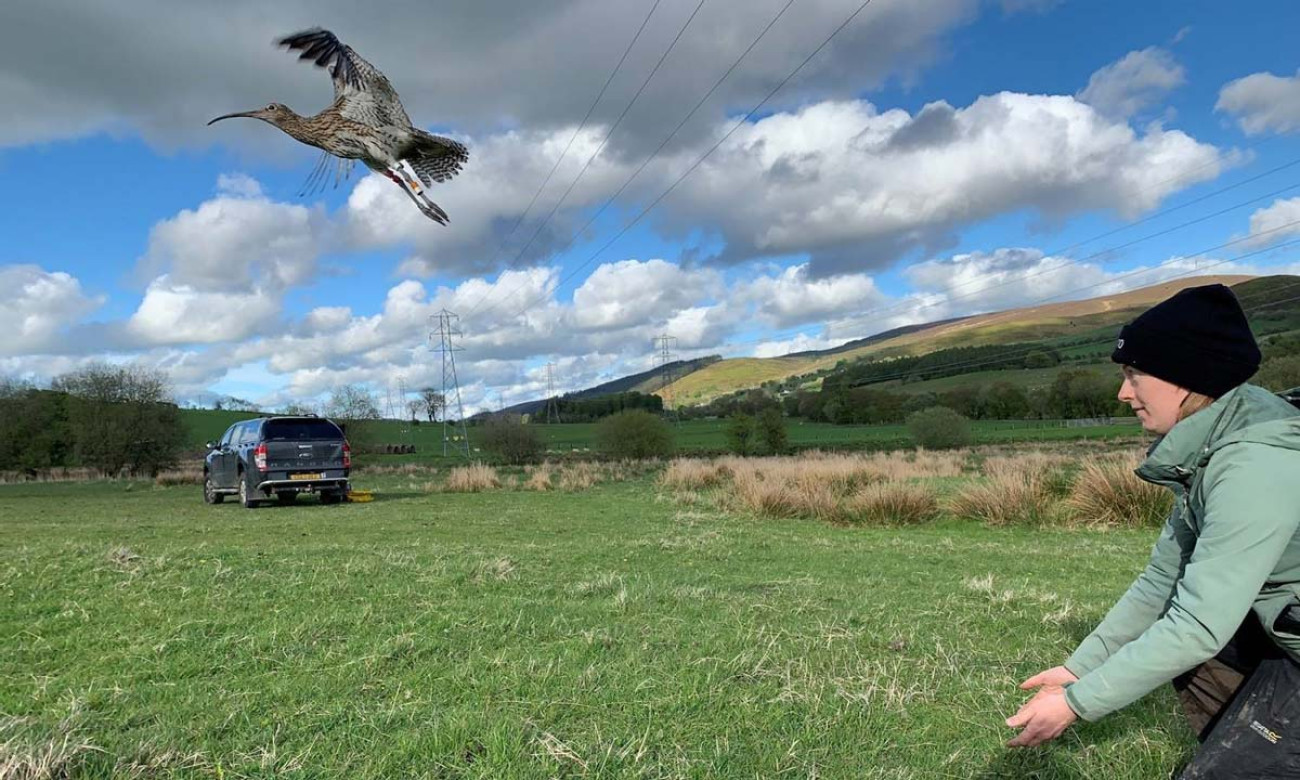
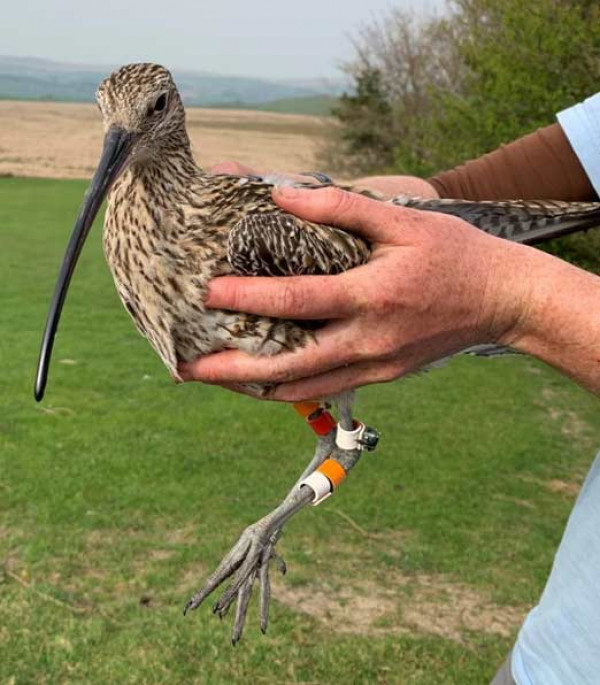
BTO Cymru have been closely investigating movements and habitat preferences of Welsh breeding Curlew using GPS tags across three sites, in lowland Anglesey, and the uplands of eastern Snowdonia and Denbighshire.
This work, across 2016, 2018 and 2019, has revealed the importance of local habitat availability. Individuals are faithful to nesting areas and habitats both within and between breeding seasons. Individuals have a preference for particular habitats for nesting and then take advantage of the surrounding landscape to forage upon.
A mosaic of breeding habitats
Through Natural Resources Wales funding we have discovered that our tagged Curlew make use of the Cors Ddyga nature reserve. Whilst incubating or chick guarding birds stayed in nearby habitats, mainly of un-improved and semi-improved grassland.
The site in eastern Snowdonia is principally an agricultural landscape and so whilst birds breeding there mainly chose wet grassland and bog to nest in, there was a greater use of improved grassland, in particular, whilst chick guarding. Birds in Denbighshire also used improved grassland for nesting, unlike birds at other sites.
Importantly, variation in habitat use across breeding stages suggests that a mosaic of habitats may be needed within the landscape for sustainable populations of these birds to be maintained, and that management needs to be considered at a larger scale than presently catered for through agri-environment schemes in Wales.
A partnership for Curlew research
Tracking of wintering Curlew in Wales forms part of the ECHOES project, as part of which, BTO are also undertaking a tracking study of grazing Greenland White-fronted Goose, in both Ireland and Wales. ECHOES seeks to address how climate change will impact coastal bird habitats of the Irish Sea.
Using this tagging approach, disturbance was minimised while monitoring which habitats the birds prefer to understand their food supply. This information is shared with ECHOES partners at Aberystwyth University, who are researching eating habits.
Acknowledgements
Our breeding season work is part of a larger project funded by Natural Resources Wales, with the initial tagging in 2016 was carried out in collaboration with RSPB. The tracking of Curlew and production of this work were additionally supported by major donors and contributions to the BTO's Curlew Appeal.
The wintering season tagging is part of the wider ECHOES project, which has been funded through the European Regional Development Fund through the Ireland Wales Cooperation Programme.
Support Wader Tracking
You can take urgent action to halt the decline of breeding waders today. Donate now to Operation Wader to support vital wader research.
Donate today
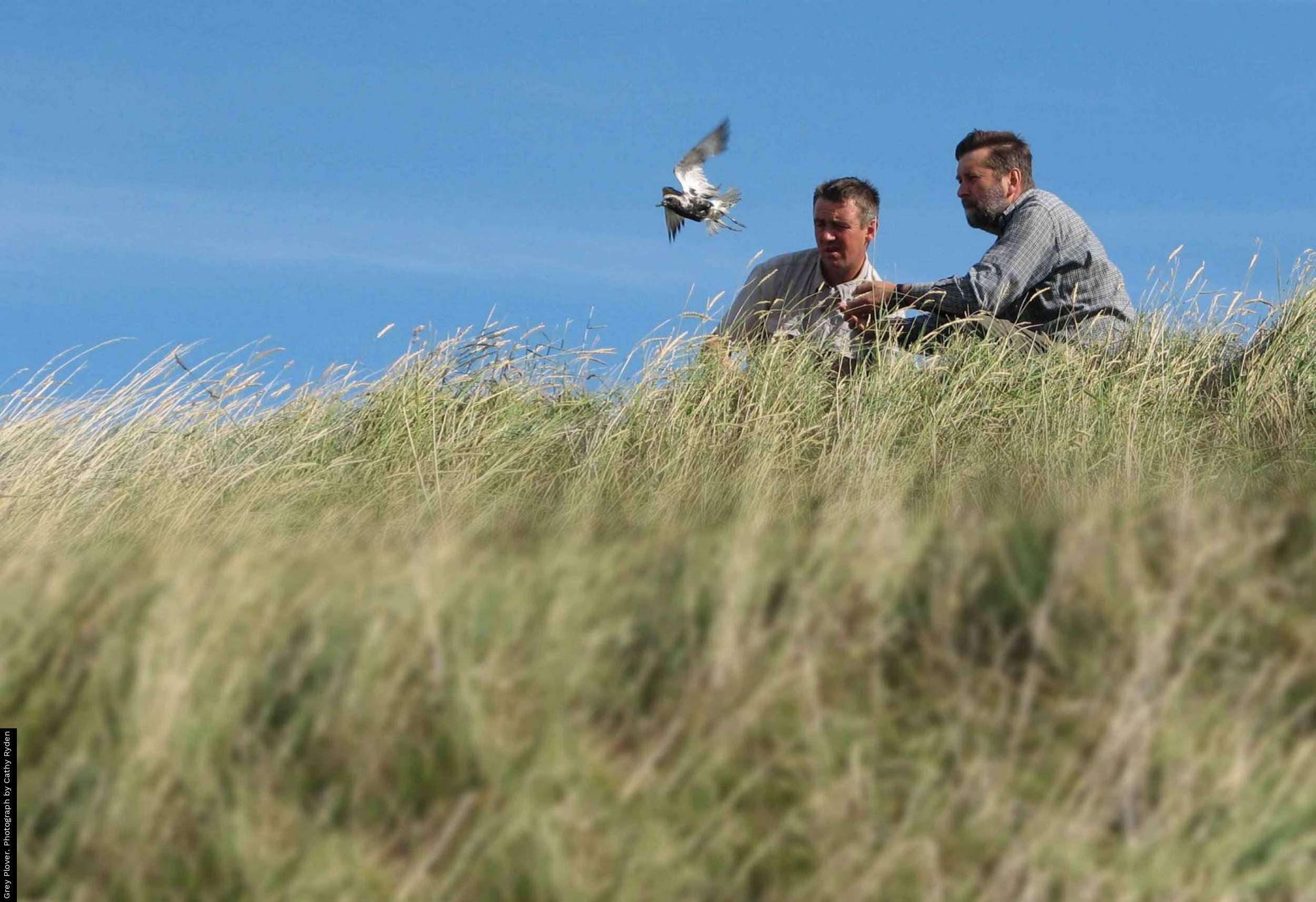
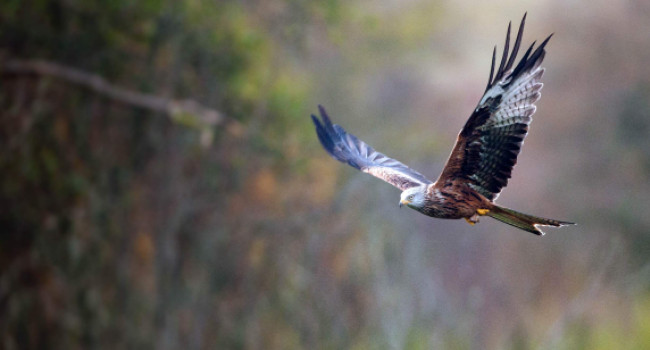
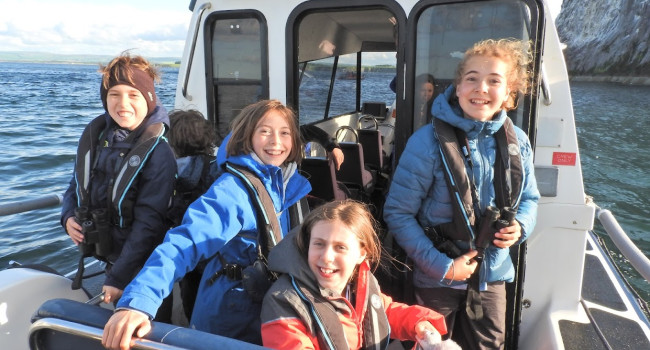
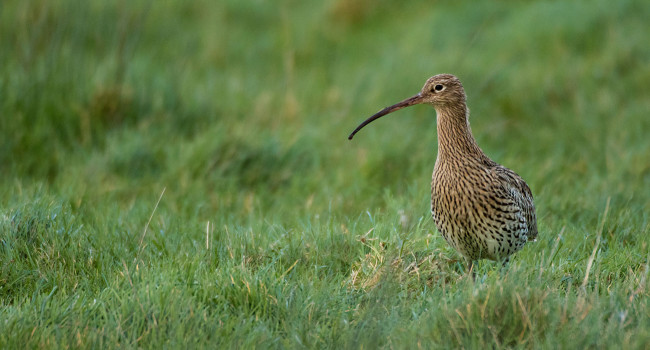

Share this page